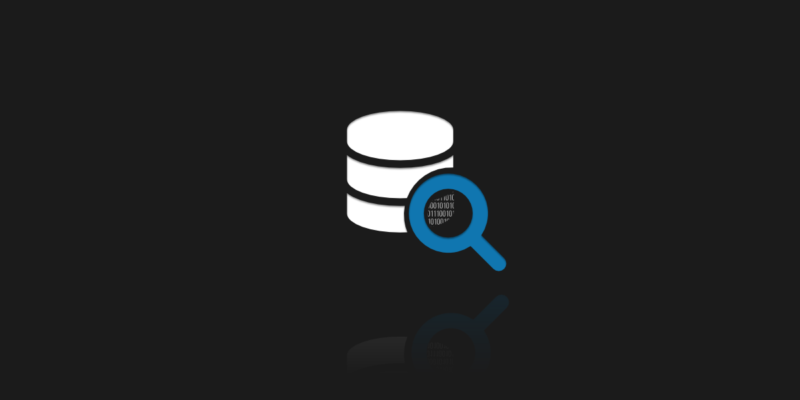
5 GitHub Practices to Pass a Security Audit for SOC 2 and ISO 27001
For many companies, security has proven to be a major concern while dealing with platforms such as GitHub. The world of technology moves at a rapid speed. With each passing year, the number of security dangers grows. Audits are frequently used to ensure that the software development continues to satisfy the relevant standards, as well as the organization’s own needs and objectives while remaining efficient and reliable.
As a result, meeting such standards is critical nowadays. Today, we’ll go through recommended practices for GitHub SOC 2 compliance and ISO 27001 management system requirements. In this article, you’ll learn about those two standards in general, as well as how to pass audits for them. If you want to know more about the diffrences between SOC 2 and ISO 27001 click here.
What is SOC2?
First and foremost, SOC 2 is a technological auditing procedure. Writing, implementing, and following security processes is also a prerequisite for a company.
SOC 2 is a component of the American Institute of CPAs’ Service Organization Control reporting platform. The purpose of SOC 2 is to verify that systems manage customer data in a manner that the five principles of security, availability, processing integrity, confidentiality, and privacy are all met.
Bear in mind that the procedures and policies you’ll implement are beneficial for your company. Sometimes organizations frequently overlook this and become overly focused on obtaining certification.
What are SOC reports?
SOC reports describe an organization’s internal controls in-depth, based on SOC audit framework criteria and appropriate Trust Service Criteria (TSC).
An organization must undergo a SOC 2 audit and be assessed on one or more service criteria in order to acquire a SOC 2 report. The auditor will give a SOC 2 report explaining how the business has implemented security measures. This SOC 2 report or “certification” can then be used as a security attestation by teams.
Only an AICPA-accredited third-party entity may undertake a SOC 2 audit. This implies that enterprises must hire a SOC 2 auditor or assessor to perform an audit and provide a SOC 2 Type I or SOC 2 Type II report. In order to maintain ongoing coverage of reports, SOC 2 reports should be received on a yearly basis.
What do auditors look for in SOC 2?
One of the most important components of a SOC 2 audit is telling the auditor what your service does and does not do. All applications, hardware systems, data sets, activities, transactions, data exchanges, storage, access control, and logging must be shared.
Ready to safely store code in GitHub? Do the next best thing and secure it with the first professional GitHub backup.
The scope of the SOC 2 audit contains:
- Security – unauthorized access to the system is prevented.
- Availability – as pledged or agreed, the system is available for operation and usage.
- Processing Integrity – all processing in the system is complete, correct, and approved.
- Confidentiality – information labeled “confidential” is safeguarded in accordance with policy or agreement.
- Privacy – it’s worth noting that the privacy standards only apply to personal data.
What is the ISO 27001 audit?
The audit is a method for acquiring data that is methodical, impartial, objective, and documented. A variety of audits are required as part of ISO 27001 certification to assist you to discover areas for improvement, ensure you have best practice processes in place, and secure your company information and data.
The following are the main goals of an ISO 27001 audit:
- In order to verify that your Information Security Management System (ISMS) meets the ISO 27001 standard,
- To resolve any problems with the ISMS,
- To determine if the ISMS might be improved in any way.
Obtaining and maintaining ISO 27001 Information Security Management System (ISMS) accreditation is a multi-step process. It’s a set of linked, continuing audits and reviews that guarantee your company and management system are in compliance with the ISO standard to which you wish to be certified.
As ISO 27001 is meant to enable an organization to manage its information security risks to an acceptable level, it will be important to ensure that the applied controls do really decrease risk. There is no true guarantee that your ISMS is delivering on the objectives it is meant to meet without evaluating how it is managed and performed.
GitHub SOC2 and ISO 27001 – best practices for audit
- Protect your branches: set branch protection rules to determine whether collaborators can delete or force push to the branch, as well as requirements for any push to the branch, such as passing status checks or having a linear commit history.
- Manage access for repositories: it’s critical to take a few measures to limit permission to your company’s GitHub repositories once you’ve given individuals access. When allowing people access, it is recommended to employ the least privilege model, which grants users only the bare minimum of permissions to access resources. This prevents the information from being shared in an improper way.
- Use Dependabot: Dependabot assists you by automatically updating your dependencies, allowing you to spend less time updating and more time creating.
- Test before every merge to Master: you could use GitHub Actions for this part.
- Never ever store credentials or secrets in GitHub: login credentials, API keys, private tokens, and SSH keys have all been leaked. These are the core of security, and if you put them into your corporate repos, you’re inviting hackers in.







